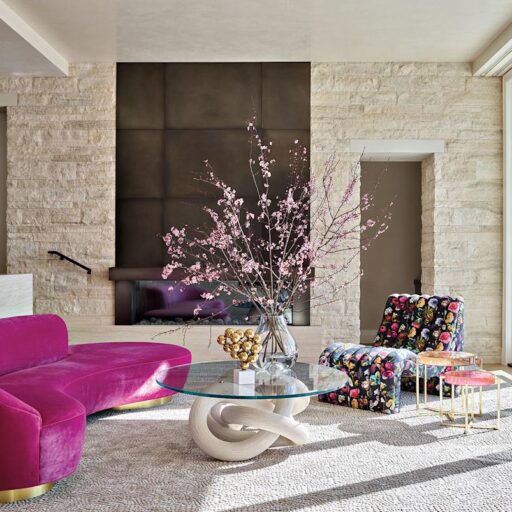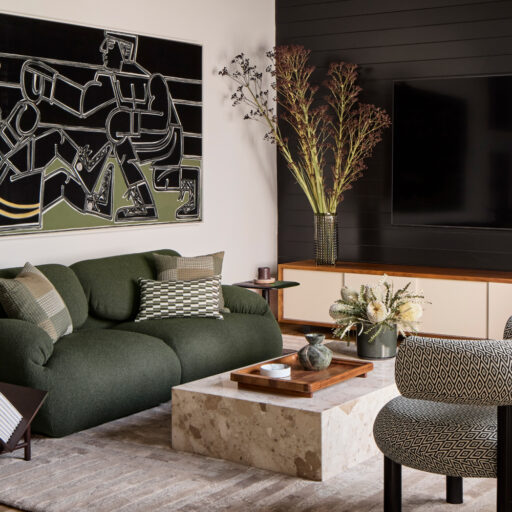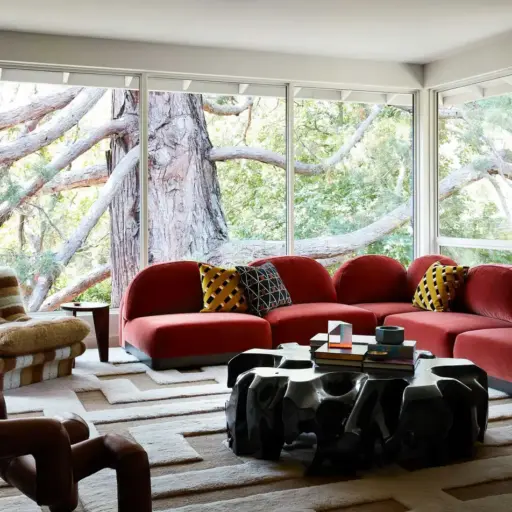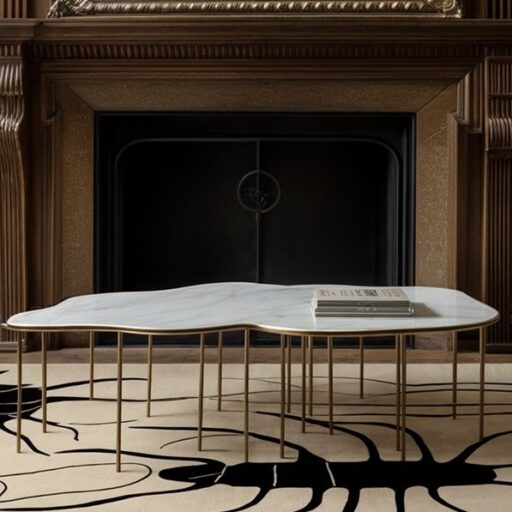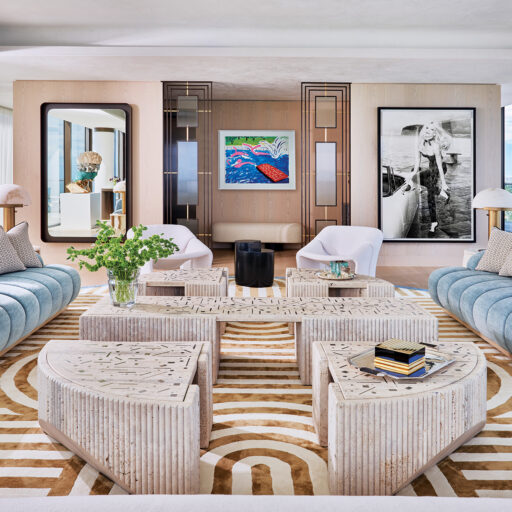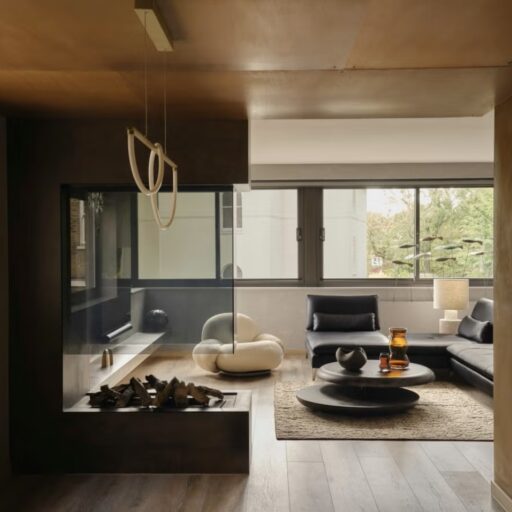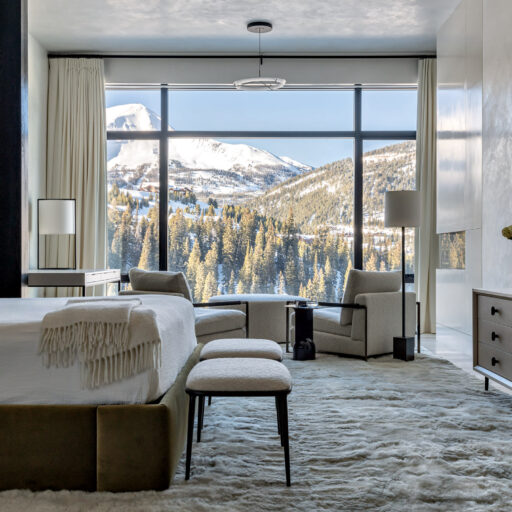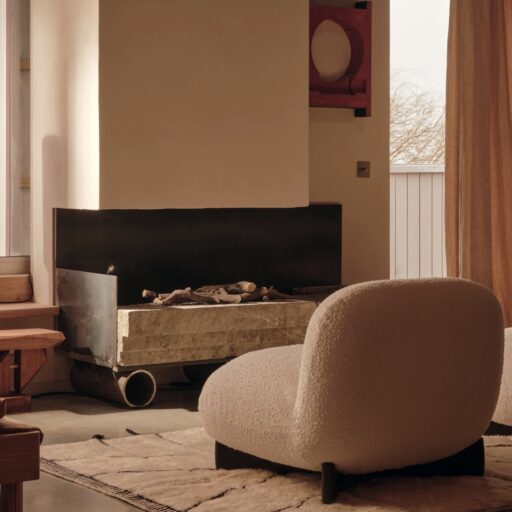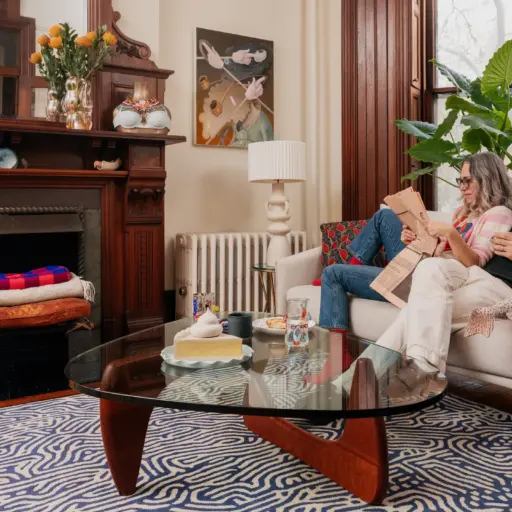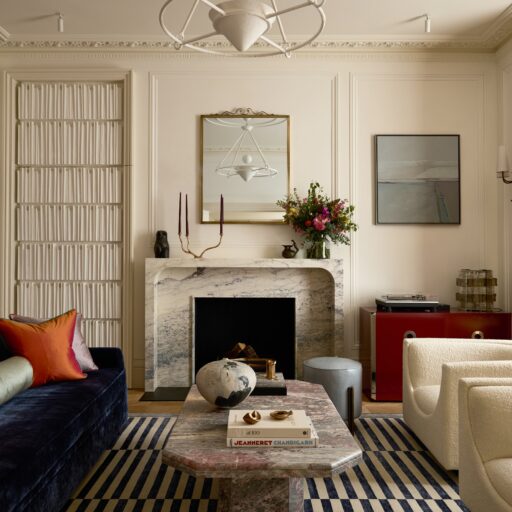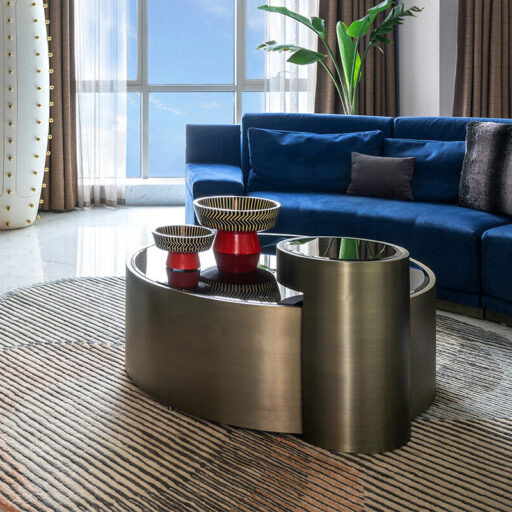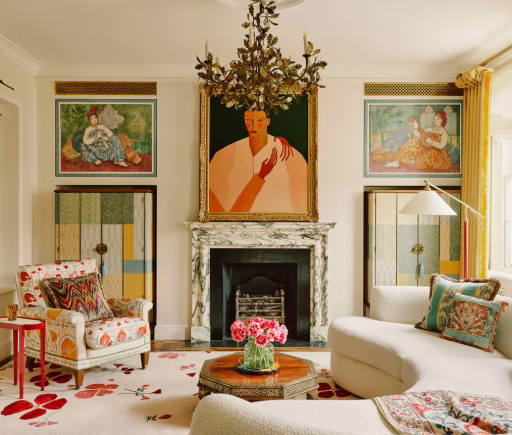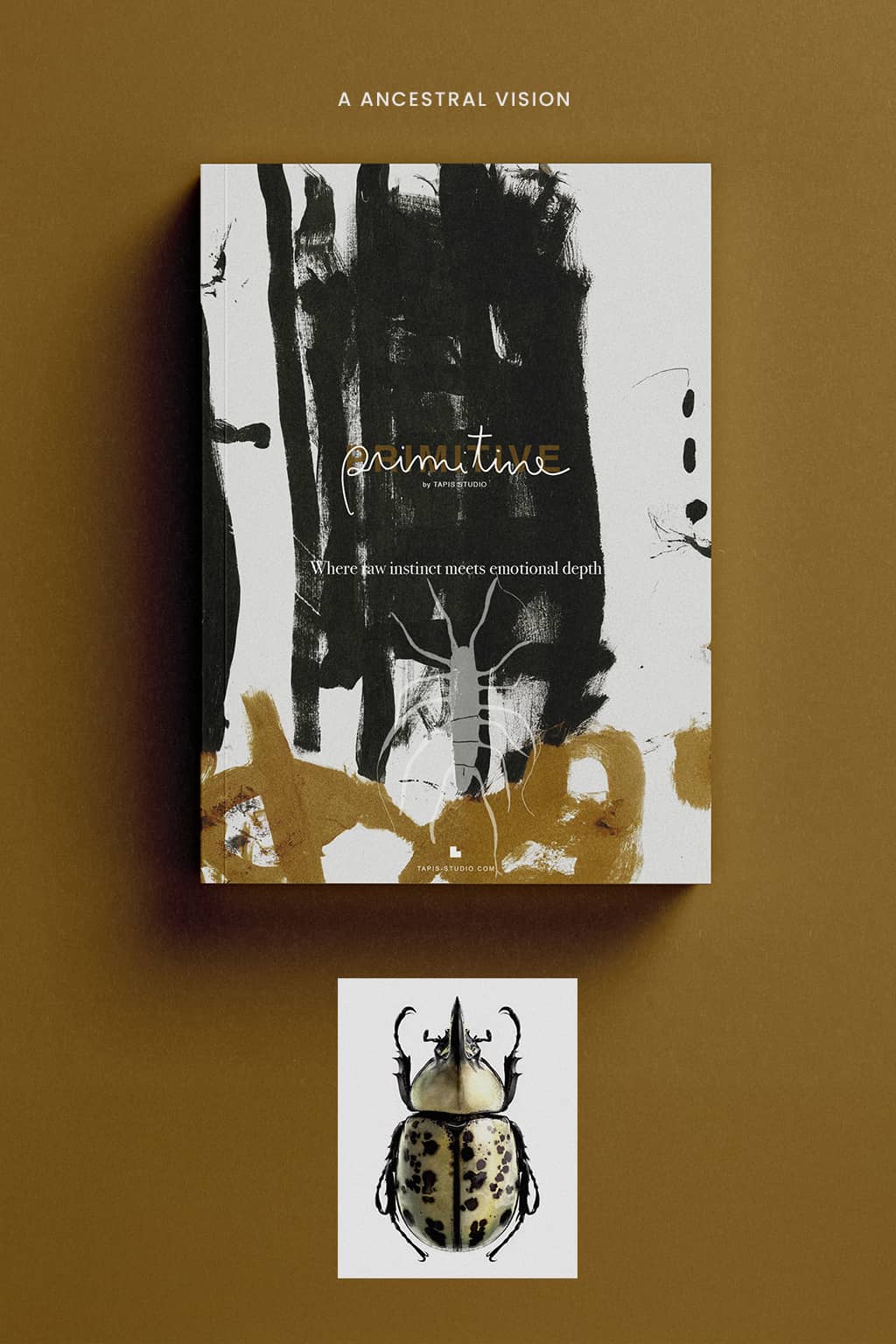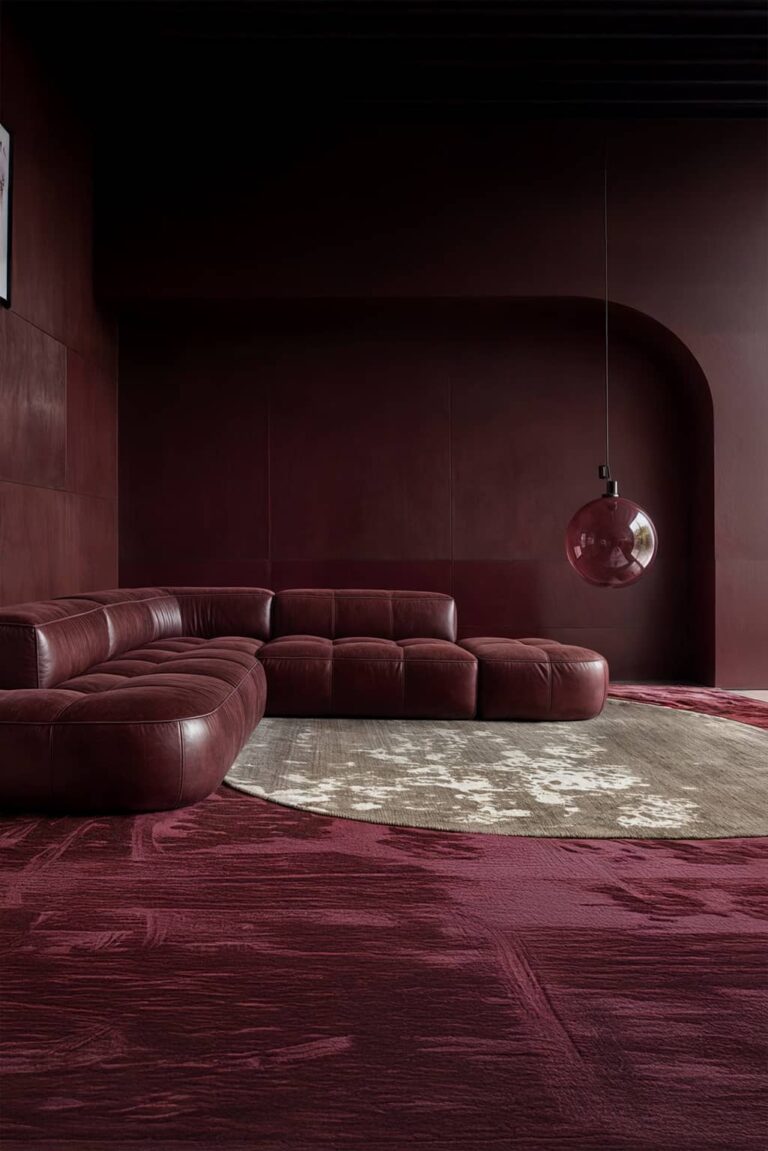Rug Color Trends to Elevate Your Space in 2025
Explore 2025 rug color trends: a journey through textures, emotions, and style to transform your space with vibrant hues and thoughtful design. As we step into 2025, the world of interior design is embracing a vibrant palette that reflects our collective desire for comfort, connection, and creativity. From the soft glow of butter yellow to the deep allure of oxblood red, each color trend is more than a fleeting fad—it’s a reflection of emotional well-being, sustainability, and cultural shifts. These color trends offer more than aesthetic upgrades; they provide the foundation for personal expression and sensory comfort. Let’s explore the rug color stories shaping 2025 and discover how you can bring them to life through curated rug selections from TAPIS Studio—where color meets craft. Butter Yellow: The Warm Embrace of Optimism Butter yellow has become a staple color in 2025 interiors, appreciated for its soft, nostalgic tone that reminds us of morning sunlight and homemade simplicity. It works beautifully in kitchens, nurseries, and living rooms—spaces that benefit from brightness and emotional warmth. Try introducing this rug color trend with the Tapis Ginger Rug from TAPIS Studio. Its sun-kissed hue and subtle geometric weave are perfect for brightening up neutral floors. Place it under a pale wood dining table or beside cream-colored linen sofas for a cozy yet uplifting look. Add brass accents and woven baskets to enhance the sunny palette without overpowering the space. Olive Green: Nature’s Sophisticated Side Earthy tones are reigning in 2025, and olive green is a leading color. Evoking landscapes, forests, and natural textures, olive green bridges interior elements beautifully. It’s an ideal backdrop or accent for tranquil living spaces and studies. The TAPIS Citrus Rug from TAPIS Studio showcases this earthy rug color layered with soft browns, black and green. Ideal for a reading corner or beneath a reclaimed wood coffee table, this rug grounds the space and connects indoor environments with outdoor serenity. Combine it with off-white or terracotta ceramics, leafy plants, and jute accessories for an earthy-modern balance. Deep Red: Bold and Grounding Deep reds—from oxblood to clay-like terracotta—are making bold color statements in 2025 interiors. These intense shades radiate warmth and character and are perfect for rooms that aim to feel inviting, dramatic, or intimate. TAPIS Studio’s TAPIS Fig Rug embodies this rich rug color. With tribal influences and textured fibers, this rug acts as a statement piece in entryways or under a walnut dining table. It pairs beautifully with dark leathers, black iron lighting fixtures, and velvet upholstery. Use this color to frame a space, especially when working with monochrome or neutral backdrops that need warmth and identity. Water-Inspired Blues: Tranquility Through Tone Blue tones remain timeless, but in 2025, they arrive in airy, flowing, water-inspired color variations—think glacier blues, misty aquas, and deep lagoon hues. These color choices invite calmness and clarity, making them perfect for bathrooms, bedrooms, and creative studios. The TAPIS Retro 30 by TAPIS Studio is a standout, blending marine blues with abstract wave-like patterns. Use this serene color in a minimalist bedroom with white bedding and linen curtains, or in a bathroom with concrete finishes and chrome fixtures for a spa-like feel. Introduce soft textiles like muslin throws or plush velvet in navy to echo the aquatic color theme. Sea Salt & Soft Pink: Subtle Sophistication These light, barely-there tones are 2025’s new neutrals and essential additions to the color palette. Soft pinks and salty whites feel clean and modern but also emotional and tactile—ideal for mindful environments and open-concept spaces. The Tapis Magenta 17 Rug from TAPIS Studio layers chalky whites with dusty pinks in a textured weave that plays with light. Place this neutral rug color beneath a curved blush-toned sofa, or let it peek out from under a platform bed with beige linen bedding. Accent with rose gold fixtures, boucle armchairs, and soft lighting to build a tranquil, modern palette. Tips for Styling Rugs in 2025 Interiors When working with bold colors, color becomes a key tool to introduce or reinforce visual and emotional harmony. Here are a few ways to style your TAPIS Studio rug with maximum impact: The Power of a Colorful Rug A well-chosen rug color is not just decor—it’s a statement, a memory trigger, and a comfort zone. In 2025, rugs are increasingly becoming storytelling objects. They speak to craftsmanship, sustainability, and artistry—all expressed through rug color. TAPIS Studio understands this deeply. Each piece is a curated fusion of form and feeling, perfectly aligned with current and timeless rug color narratives. Whether your home is a serene retreat or a lively hub, there’s a TAPIS rug color that speaks your language. Conclusion: Bring the Rug Color Trends Home The 2025 color trends are about emotion, comfort, and authenticity—and there’s no easier way to invite them into your home than with a rug color that captures both the spirit and the shade. Whether you’re drawn to the optimism of butter yellow or the stillness of sea salt tones, TAPIS Studio offers a range of rugs designed to turn color into a lifestyle. Explore the full TAPIS Studio collection to find a color that doesn’t just match your palette—but enriches your space, elevates your design, and tells your story. Source: Vogue & Italian Bark
